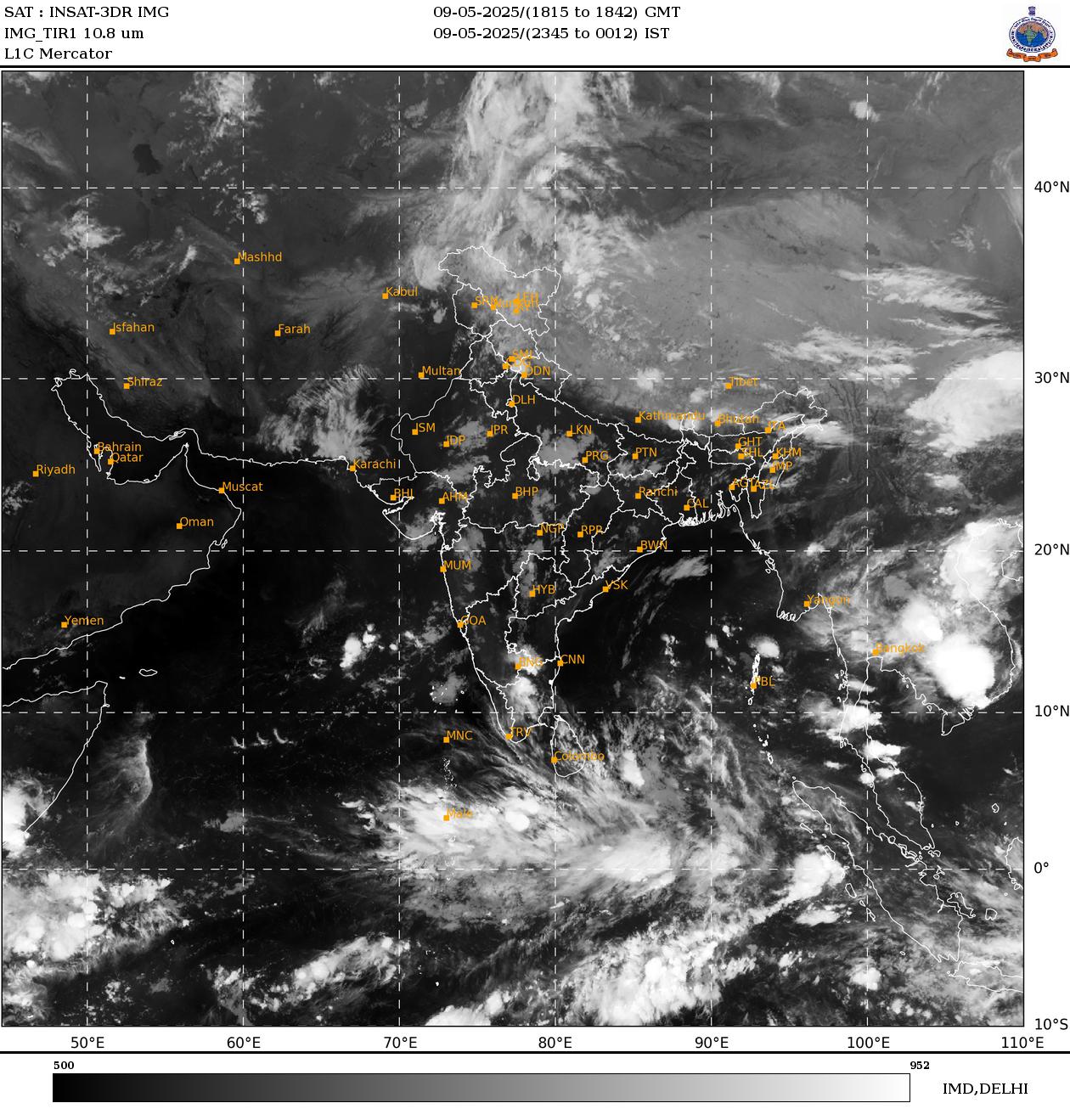Spinning Machinery Market Set to Exceed $45.80Bn by 2030
 .... -
.... -
February 16, 2024 Technological advancements in spinning machinery are redefining textile production, propelling the market to new heights. The industry is witnessing a surge in demand fueled by innovations that enhance efficiency, making it a key player in the global textile landscape.
The Spinning Machinery Market, valued at USD 26.25 billion in 2022, is poised to reach USD 45.80 billion by 2030, growing at a commendable CAGR of 7.2%. This growth is fueled by the escalating demand for textile fibers, where spinning machinery plays a crucial role in producing high-quality yarn.
Major Key Players
Key contributors in the industry encompass Saurer, Rieter, Murata Machinery, Toyota Textile Machinery, Trutzschler, Lakshmi Machine Works, JINGWEI, Savio Macchine Tessili, Zhejiang Taitan, Rifa, ATE, Marzoli Spinning Solutions, Chunrui Machinery, XinErfanga, and other significant players.
Key Market Segmentation
→ By Type
- Ring
- Rotor Spinning
→ By Material
- Natural
- Synthetic
- Others
→ By End-Use Industry
- Clothing
- Textile
- Other Industry
Market Report Scope
The Spinning Machinery Market is a vital component of the textile industry, contributing significantly to the production of yarn from natural, synthetic, or blended fibers. The machinery, developed during the Industrial Revolution, encompasses a series of steps, from bale opening to cone winding, ensuring efficient and precise yarn manufacturing.
Cotton yarn manufacturing, concentrated in key regions like China, India, and the U.S., has become a focal point for spinning machinery vendors. The macro-level driver propelling the market is the expanding contribution of the fashion industry to the GDP. The demand for high-end performance in technical textiles, including automotive textiles and geotextiles, further amplifies the significance of spinning machinery.
One notable trend in the spinning machinery market is the shift toward automation across production lines. Manufacturers worldwide prefer Spanish-based products for their spinning machines, reflecting the global acknowledgment of quality and innovation. Efforts by the textile ministry to establish more textile parks in countries like India and China are fostering growth, leveraging abundant raw materials and cost-effective manpower.
Market Analysis
Spinning machinery serves as a critical component in the textile industry, with its roots traced back to the Industrial Revolution. Major production centers for cotton yarn, including China, India, and the U.S., steer the focus of spinning machinery suppliers. A macro-level driver is the rising contribution of the fashion industry to the GDP, alongside the demand for high-end performance from industrial yarns.
Segment Analysis
The rotor spinning framework, characterized by a faster functioning pace, is gaining prominence due to its efficiency in producing a range of yarn counts. Material-wise segmentation includes natural, synthetic, and other fibers, reflecting the diverse applications of spinning machinery across the textile industry.
Growth Factors
↪ Ongoing technological advancements in spinning machinery play a pivotal role in driving market growth. Manufacturers are introducing cutting-edge machinery equipped with advanced features, enhancing efficiency, precision, and overall production capabilities.
↪ The escalating contribution of the fashion industry to the global GDP is a macro-level driver propelling the spinning machinery market. As the fashion industry continues to grow, the demand for high-quality yarn and textiles increases, driving the need for efficient spinning machinery.
Key Regional Development
Asia-Pacific, boasting diverse yarn and fleece turning equipment manufacturers, is expected to dominate the market share. The region's growing installation of spinning machinery, particularly in countries like China, India, and Japan, contributes to market expansion. Europe, driven by regulations and increased investments in spinning plant machinery from countries like Russia, Germany, Spain, and France, is projected to witness significant growth.
Key Takeaways
↪ Technological innovations drive the Spinning Machinery Market, transforming textile production.
↪ Cotton yarn manufacturing, fashion industry growth, and automation trends are key market drivers.
↪ Asia-Pacific leads in regional development, while Europe sees growth due to regulations and increased investments.
Recent Developments
- In January 2022: Morgan Tecnica introduced single-ply cutting technology, catering to various textile materials with multiple cutting heads for enhanced efficiency.
- In April 2021: Ingersoll Machine Tools initiated a 40,000-square-foot expansion for the Giant Magellan Telescope structure, installing an Ingersoll MasterMill™ to meet the U.S. Defense Department's manufacturing requirements.
Download Full Report of Spinning Machinery Market @ https://www.snsinsider.com/checkout/2583
Table of Contents
1. Introduction
1.1 Market Definition
1.2 Scope
1.3 Research Assumptions
2. Research Methodology
3. Market Dynamics
3.1 Drivers
3.2 Restraints
3.3 Opportunities
3.4 Challenges
4. Impact Analysis
4.1 COVID-19 Impact Analysis
4.2 Impact of Ukraine- Russia War
4.3 Impact of Ongoing Recession
5. Value chain analysis
Most viewed
Short Message Board
Cotton Live Reports
Visiter's Status
Visiter No. 31730794Saying...........
Money is like manure - it is meant to be spread around.
Tweets by cotton_yarn



